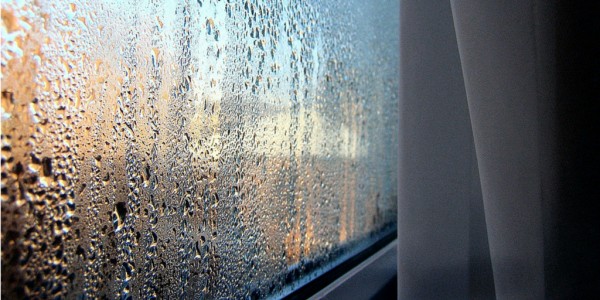
In our previous blog about this subject, we detailed some of the preventative measures a landlord (or any homeowner) can take to ensure they avoid the costly problems caused by damp and condensation. Fixing vents and extractor fans while ensuring your radiators are positioned correctly and your water outlets don’t leak should prevent the build-up of fungal spores. However, as anyone who has lived in any house for any length of time is likely fully aware, sometimes the mould just finds a way around all of our attempts to thwart it.
In our previous blog about this subject, we detailed some of the preventative measures a landlord (or any homeowner) can take to ensure they avoid the costly problems caused by damp and condensation. Fixing vents and extractor fans while ensuring your radiators are positioned correctly and your water outlets don’t leak should prevent the build-up of fungal spores. However, as anyone who has lived in any house for any length of time is likely fully aware, sometimes the mould just finds a way around all of our attempts to thwart it.
But fear not, as there are steps we can take to fight back and reclaim those dark and damp corners of our properties. There are different types of damp which have different solutions, so we’ll deal with each in turn.
Solutions for Penetrating Damp
Unfortunately, the solution is not a one-size-fits-all affair, and depends entirely on the cause. Some examples of penetrating damp are easy to fix. For example, the property’s guttering may be blocked or damaged causing water to saturate a part of the wall it is not meant to. You fix this by simply clearing out the gutter or fixing the broken part. Another simple fix might be a missing roof tile which is letting rain water in.
Other more serious examples of penetrating damp may require replacing an area of brickwork of the house, perhaps where the stones have become porous and are allowing water to seep through. Additionally, any cracks in the brickwork or mortar can be the cause and thus these will also need replacing or repairing.
There are quite a few other potential causes and they often have identifying symptoms (such as a damp patch on a ceiling during rainfall indicating a missing or damaged roof tile), so it’s a good idea to research specialist websites that list the causes and effects of penetrating damp so you can identify your particular issue and its own particular solution.
Solutions for Rising Damp
This kind of damp often affects older houses and is caused by water soaking upwards from the ground. Modern houses usually have built-in defences against this, so if your older house is suffering from rising damp then you may need to hire a professional to repair or even install a damp-proof course, which is a layer of waterproof material in the walls near the ground. Also, you may need to have a waterproof membrane installed in your floor, so inquire about that as well.
For modern homes that should have these measures installed already, your first step should be to investigate them (or hire a professional to do so, though one that won’t be hired to do any work if there is a problem, so there’s no conflict of interest). It’s possible that the damp-proof course or the membrane are damaged and need repairing. Once the repairs are underway to prevent it happening again, you can use a mould spray to kill the fungal spores.
Solutions for Condensation
There are three solutions for this problem: ventilation, ventilation and ventilation. Condensation forms when moisture evaporates into the air but cannot escape the house due to lack of fresh air coming in to replace the water-laden air. An extractor fan can help, though you may need to consider hiring or buying a dehumidifier to extract the moisture directly from the air (if ventilation is not an option).
Double-glazing can also help prevent your windows and walls from being too cold, though the main priority should be allowing fresh air into the room to replace the wet air that ultimately is the primary cause of condensation.

 CLIENT LOGIN
CLIENT LOGIN PROPERTY SEARCH
PROPERTY SEARCH MENU
MENU